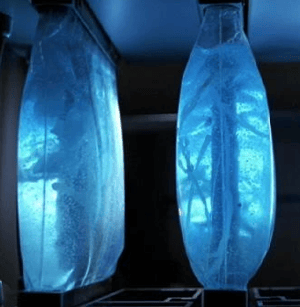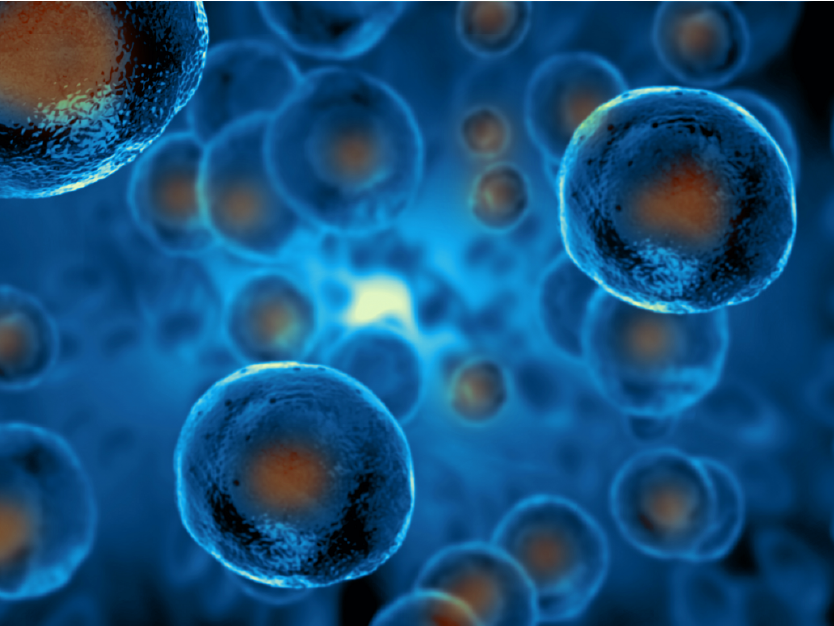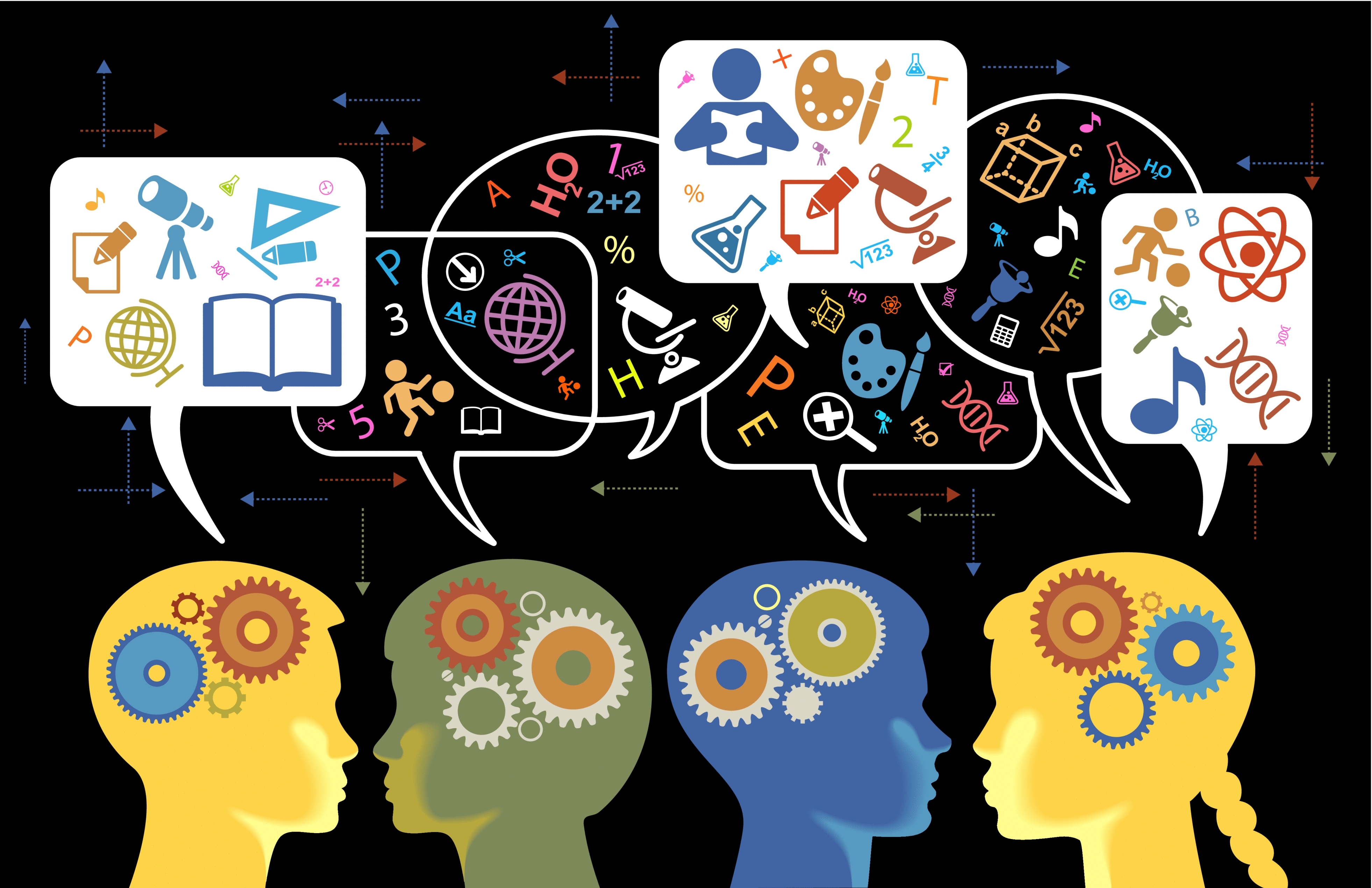 As a lifelong Star Trek fan, it has been exciting to see a lot of the science fiction gradually become science fact, even from the classic episodes with Captain Kirk and Mister Spock. From automatic doors to cellular phones, and even the computing innovations we take for granted such as the Google search engine, touch screen iPads, and the Alexa voice-activated assistant, science fiction like Star Trek has fed our imaginations to turn concepts into reality, such as this happy goofball (albeit a very resourceful goofball) making Doctor Octopus tentacles. I will continue sprinkling in Star Trek references because many of the neuroscience-based innovations in this post seem inspired by mere words on a script page that turned into an "aha" moment on screen, but as paraphrased from Arthur C. Clarke's laws, nothing is truly impossible with the right kind of science.
As a lifelong Star Trek fan, it has been exciting to see a lot of the science fiction gradually become science fact, even from the classic episodes with Captain Kirk and Mister Spock. From automatic doors to cellular phones, and even the computing innovations we take for granted such as the Google search engine, touch screen iPads, and the Alexa voice-activated assistant, science fiction like Star Trek has fed our imaginations to turn concepts into reality, such as this happy goofball (albeit a very resourceful goofball) making Doctor Octopus tentacles. I will continue sprinkling in Star Trek references because many of the neuroscience-based innovations in this post seem inspired by mere words on a script page that turned into an "aha" moment on screen, but as paraphrased from Arthur C. Clarke's laws, nothing is truly impossible with the right kind of science.
Neural Networks and Computing
We are thankfully years away from creating the kind of artificial intelligence that will destroy humanity as in many classic sci-fi/horror movies like Terminator and the Matrix, but also thankfully, AI can still be used for many applications that benefit mankind, including predictive algorithms to drive research directions as we spoke about in BioChat. But with more advanced AI implementation comes the need for better storage and processing technology, which also requires a lot of energy.
 I've heard the term "neural network" used many times towards the end of my graduate training as my computational colleagues used various modeling strategies to make sense of their large datasets, and in this case, the neurons are not biological, but simulations of how neurons within nervous systems communicate with each other to learn and reshape data to become more proficient at tasks over time. As AI has become more prevalent, scientists are taking this concept to the next level with neuro-inspired computing chips in an attempt to be more energy-efficient. Over the last few years, the work on so-called "neuromorphic chips" has accelerated to produce a new form of computing that uses far less energy than the typical computer chips we might find in our usual devices. The concept mimics a network of neurons through software to somewhat take advantage of the recovery period of an action potential to facilitate information retention with less energy. The hope is to advance to the point where they can actually model consciousness, in the vein of a positronic brain like Isaac Asimov's stories or Mister Data.
I've heard the term "neural network" used many times towards the end of my graduate training as my computational colleagues used various modeling strategies to make sense of their large datasets, and in this case, the neurons are not biological, but simulations of how neurons within nervous systems communicate with each other to learn and reshape data to become more proficient at tasks over time. As AI has become more prevalent, scientists are taking this concept to the next level with neuro-inspired computing chips in an attempt to be more energy-efficient. Over the last few years, the work on so-called "neuromorphic chips" has accelerated to produce a new form of computing that uses far less energy than the typical computer chips we might find in our usual devices. The concept mimics a network of neurons through software to somewhat take advantage of the recovery period of an action potential to facilitate information retention with less energy. The hope is to advance to the point where they can actually model consciousness, in the vein of a positronic brain like Isaac Asimov's stories or Mister Data.
Bioneural Circuitry?
 I didn't appreciate Voyager as much as the other Star Trek shows, possibly because I was in college when all the good episodes aired and I missed most of them, but one of the cool things about the eponymous starship was its use of bio-neural gel packs, which operated much faster than the traditional "isolinear" technology that they moved to in The Next Generation after advancing past the "duotronic" stuff in the classic 1960s show. Perhaps this is already inspiring the neuromorphic chips we just talked about, but some scientists are taking this concept to the next level.
I didn't appreciate Voyager as much as the other Star Trek shows, possibly because I was in college when all the good episodes aired and I missed most of them, but one of the cool things about the eponymous starship was its use of bio-neural gel packs, which operated much faster than the traditional "isolinear" technology that they moved to in The Next Generation after advancing past the "duotronic" stuff in the classic 1960s show. Perhaps this is already inspiring the neuromorphic chips we just talked about, but some scientists are taking this concept to the next level.
Cortical Labs, a company based in Australia with sights to expand into Singapore, has been working to develop a hybrid biological computer that pairs actual neurons with synthetic electronic components. The name for this concept is kind of amusing as they called it "Dishbrain," and since neurons by their nature use electricity to conduct signals, the scientists were able to pick up the nervous impulses on electrodes and in turn stimulate the neurons to perform specific tasks as well. The biological nature of Dishbrain allows the neurons to organize themselves naturally and train itself to do the desired tasks, including playing the video game Pong. The study is encapsulated in an article published in Neuron, and it was incredible to learn about how the neurons could perform their own tasks while also reacting to positive and negative reinforcement from the programmer to learn far more effectively than other AI systems. While running a video game is light years away from operating a starship, this innovation has significant implications for the future of computing, robotics, and more. I used to think that computers would always be far more efficient at processing than the human brain, but this has really reprogrammed my philosophies!
Using Neuroscience Technology For Recovery
More recently, a group from Switzerland were able to show recovery of walking ability in a paralysis patient using a brain-spine interface, effectively a wifi router implanted in the nervous system! This is reminiscent of the episode where Worf suffered a traumatic spinal cord injury and had to use electrical stimulators in an early attempt to restore his walking ability before the plot moved on to even more sci-fi stuff that were more in line with using stem cells and replicator technology to just build him a new spinal cord.
The participant in this study was a 38-year-old male who suffered a spinal cord injury in a bike accident. The researchers placed implants in specific parts of the brain and spinal cord, in which the device would detect the intent to move the legs and then relay that signal to stimulate the locomotor responses leading to walking. It does make me hope that there is no signal interruption like when internet service cuts out at work, because that could lead to an untimely spill. The gentleman reportedly displayed natural walking motions thanks to this interface, even on inclines, and allowed a renewed level of independence. This is one of those "N=1" types of situations, but the proof of concept here is encouraging for further development of similar devices to help paralysis patients improve their standard of living.
Ethical Considerations for New Neurotechnology
As some of you have heard, noted technology guru Elon Musk has a company called Neuralink that is in the business of making devices that, diplomatically speaking, will interface with the brain and might have the potential to treat neurological disorders, blindness (Geordi's VISOR comes to mind!), and traumatic brain and spinal cord injuries. The microchip-based technology has just been approved by the FDA for human testing after previously being rejected for safety reasons, and shortly after, a human subject received the first-ever Neuralink implant, though the details for their progress are sketchy at best. Aside from the business-related issues that have plagued Neuralink since its founding, there are additional safety and ethical considerations for this technology even assuming that it will eventually work in humans.
While there are tangible benefits to augmenting, supplementing, and recovering neurological and locomotor function for people, the various safety concerns that, among other ramifications, delayed the FDA approval for Neuralink are still there and will need to be addressed with greater diligence going forward. Jeff Goldblum's line from Jurassic Park holds true even 30 years later, as the capability of doing something does not mean it is automatically a great idea, and a careful exploration of the possible consequences of this technology, from safety to societal effects, will be required. The potential for significant improvements to human health, especially for those with neurological disorders or injuries, is certainly an incentive to keep this avenue for innovation open. At the same time, it would be best to minimize the vanity or status symbol-inspired motivations behind driving this innovation, even as businesses and individuals are always motivated by profit and prestige.
Taken together, as with all scientific and technological advances, I hope there is enough regulatory oversight to ensure that these exciting (and possibly controversial) innovations can work for the benefit of humanity rather than become exploited as novelties. However, it is reassuring that we may be closer to a future where neurodegeneration and brain injuries will no longer be permanent.




